The FreeArc are Huawei's new true wireless earbuds. To appeal, the brand is relying on a classic format, but with an unusual design. The appeal? A firm hold in the ear in all conditions, a strong selling point for athletes. We tried them, and here's what they're worth.
On the audio side, Huawei has always been imaginative in delivering original products, like the FreeClip, which clip onto the earlobes. In 2025, the brand is back with a new model of true wireless earphones, the FreeArc.
The FreeArc are distinguished by their particular C-shape. They completely surround the ear like a hearing aid. A curious design that is not there (only) for show, since it allows for a better fit. This product is therefore intended for athletes who are tired of feeling their earphones slip while running. Moreover, the audio part is designed to allow the user to perceive the sounds around them, without having active noise reduction. Ideal for outdoor activities, then.
We were able to test these FreeArc, here's what they're worth.
Price and availability
The Huawei FreeArc are already available on the manufacturer's website and at partner retailers for 119 euros. A price that we consider a little high when you look at what the competition is doing. They are sold in three colors: black, gray, and green.
A design that raises suspicion
The Huawei FreeArc adopts the classic format of true-wireless earphones: a case in which the earphones are housed in order to recharge them. It is of course the C-shaped shape of its latest products that the brand surprises. On the ears, we have an appendage that fits perfectly, whatever the shape of your auricle.
This strange shape is designed to fit behind the ear, like a hearing aid. In fact, when they are put on, the FreeArcs do not move an iota, even during sports sessions. Joggers who have used this type of device know how much they can slip while running, or be bothersome with sweat. This is not the case here. What's more, they are IP57 certified, so they are rain resistant. Another argument for athletes. We're talking about physical activities here, but the comfort of the FreeArc is also appreciable in other, more relaxed situations.
The other consequence of this shape is that the earphones don't fit into the ear canal. So, there's no intrusive rubber tip, but a transducer that hangs in front of the eardrum. This allows you to remain aware of what's going on around you, without the help of the ANC's transparency mode. We were worried that the silicone appendages would be bothersome for glasses wearers, but that's not the case. However, we regret the earphones being a bit heavy (almost 10 grams!) and becoming a bit uncomfortable after several hours of use. No need to think about wearing them all day at the office.
Obviously, gesture navigation is there. To answer a call or change music, simply tap on the earphones. In fact, everything works with a finger and an eye. However, the fact that the earphones "hang" slightly in front of the ear canal makes handling a little unpleasant: the slightest pressure lightly hits the tragus. Too bad.
Also read – Huawei FreeClip review: a bold style that's not always easy to wear
The size of the earphones mechanically increases that of the case that houses them. The latter weighs 70 grams for dimensions of 68 x 68 x 26 mm. It's huge! For comparison, it's double the size of the AirPods and Galaxy Buds 3 case. In a pocket, that's starting to be a lot. A real little monster on which we find a USB Type-C port for charging as well as a battery LED.
However, we appreciate the material used, very pleasant soft plastic, as well as its practical square shape. Even the magnetic alcoves that accommodate the earphones are practical once you understand how to position them. Importantly, there is no particular direction; the last earphone put in place overhangs the other. Well thought out and practical for quickly putting them back on in complicated situations, like in the street.
Yes, the FreeArc offers a particular design. A massive appearance that leaves you doubtful at first, but which proves comfortable (for a certain time). We particularly appreciate the support that will convince those who like to jog. On the other hand, this strange shape handicaps the sound part, we will see it now.
An audio part handicapped by the design
As we said, the transducers are suspended to be placed just in front of the ear, but not inside. In fact, there is no intrusion into the ear canal, nor a rubber tip. The FreeArc do not have active noise reduction, impossible on this type of product.
The consequence is that the user is never totally isolated. In reality, listening to music on the FreeArc constantly gives the sensation of having ANC in transparency mode. It's good for running outside, cycling, or listening to music in a quiet room, but less so for everything else. In the metro or RER, it's hard to hear anything, as there's no sound insulation. This is logical with this shape, but a bit of a problem in everyday life. Note that despite the "open-air" transducers, the people around you can't hear your music, which is a good thing.
The sound itself isn't really convincing. Indeed, we deplore an audio section that seriously lacks mids and low-mids. While this is fine for listening to classical or pop music, it's a bit less so for metal or electro. It's not a disaster either, far from it, but some products at the same price are much better in this area. You can change the audio profile in the dedicated application, but nothing works.
Connectivity-wise, the Huawei FreeArc connects to your smartphone or PC via Bluetooth 5.2, which can connect to two different products. In fact, if you're watching a movie on your computer and someone calls you on your phone, the ringtone will ring in your ears. It's not unique on the market, far from it, but it's still practical.
The earphones are managed via Huawei's software, AI Life. This is a companion app available on Harmony OS, but not on the PlayStore. For Android users, you'll need to use the APK. It's easy to do, but it's a bit of a DIY project for such a product. iPhone users, for their part, will have to move on.
Not much to say about the app itself, except that it could have been a little more fleshed out. We regret, for example, the absence of an equalizer and only four predefined profiles. It's a bit lacking and far from the flexibility of competing apps, like those from Samsung or Nothing.
Average battery life
In terms of battery life, the FreeArc earphones have a 55 mAh battery each. When listening at medium volume, you can get six hours of music before it runs out. There's no variation between modes, since there's no ANC. Since they adopt the classic true-wireless format, replacing them in the case (with a 510 mAh battery) allows them to be recharged. This allows them to be recharged up to four times, giving a total battery life of 24 hours. This is a bit short compared to the competition, which now exceeds 30 hours.
So, shall we buy?
The FreeArc are primarily intended for those looking for true wireless earbuds for sports. Joggers will be won over by the comfort of the devices, their impeccable fit, and the audio that lets surrounding sounds shine through.
The fact is that the Huawei FreeArcgives the impression of having been exclusively designed for sports use. Those who like to wear their headphones on the street, on public transport, or simply in a noisy open space will have to pass on them and go for products with active noise reduction, sometimes even cheaper.
Also read – Nothing Ear review: little things that improve the experience
The FreeArcs aren't bad in themselves. They even fulfill their primary mission of being an ideal product for sports. Out of this usage, we have earphones with average sound and non-existent isolation.



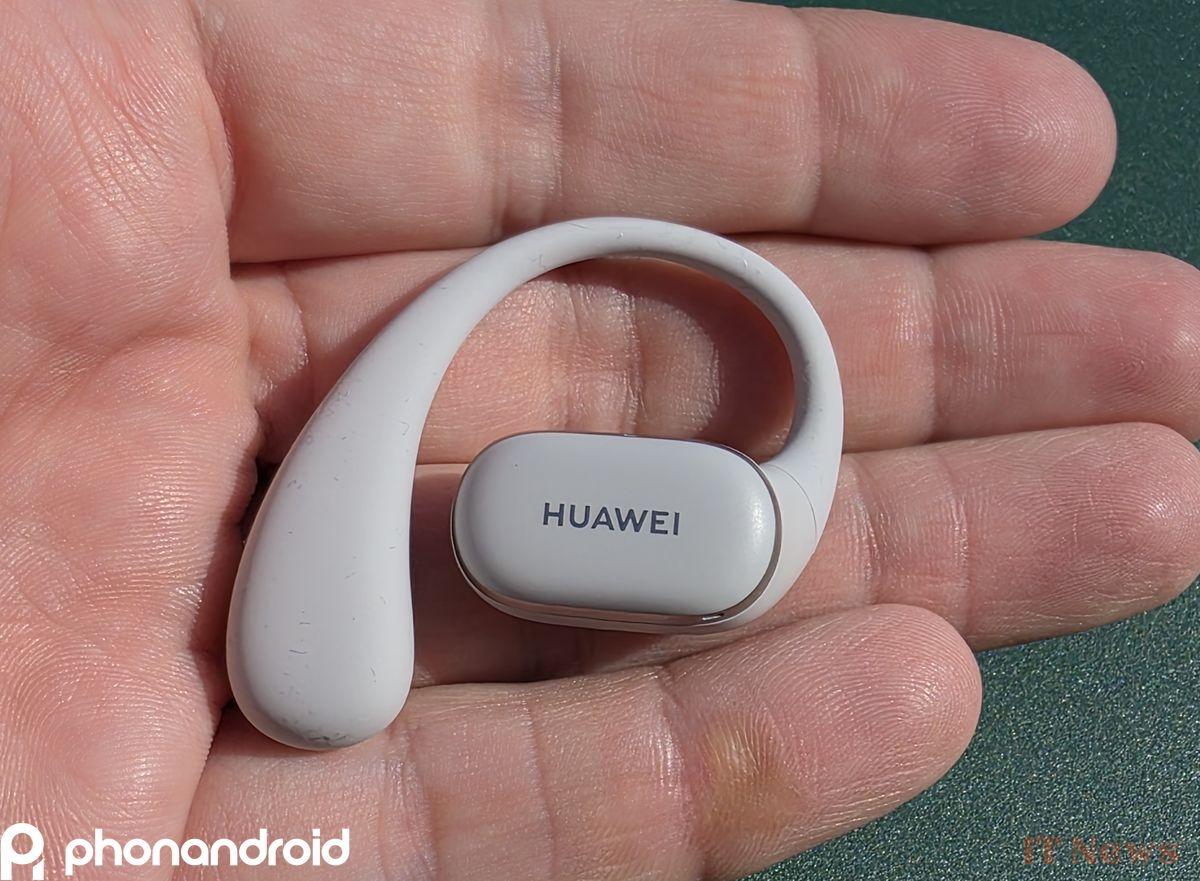
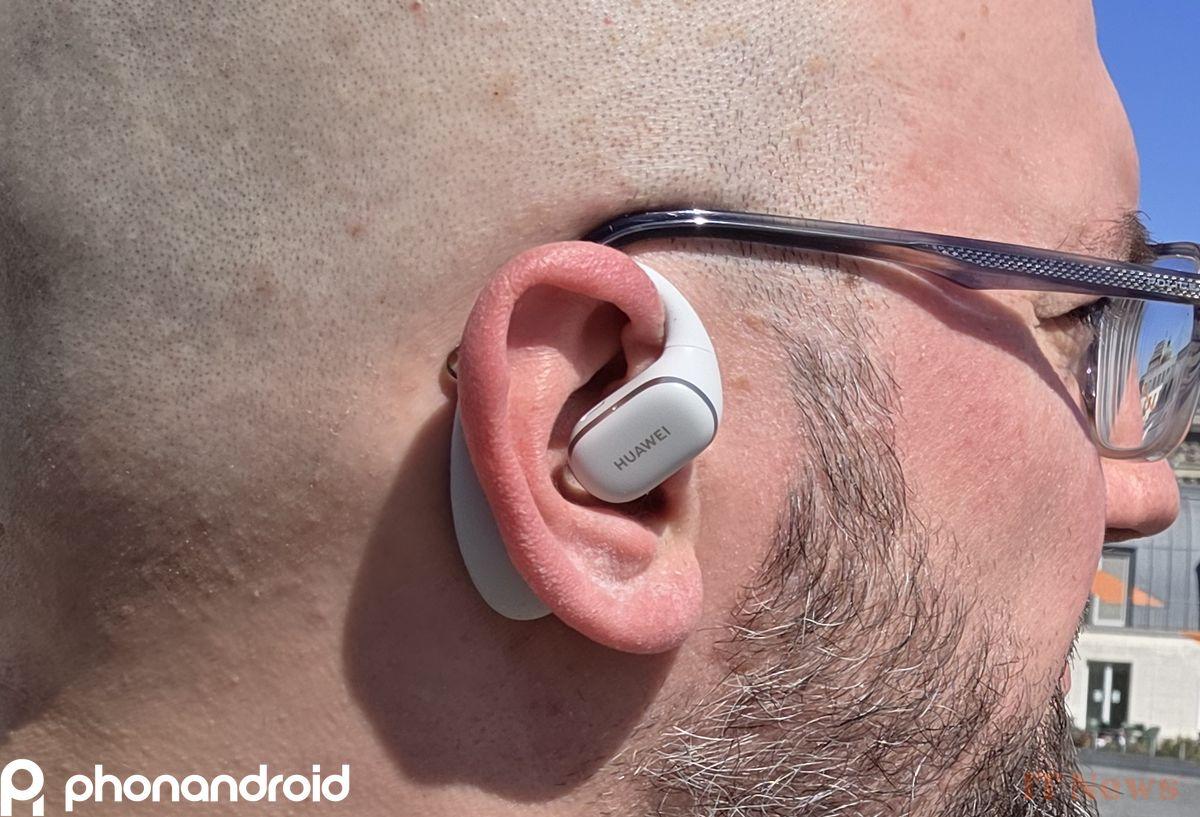
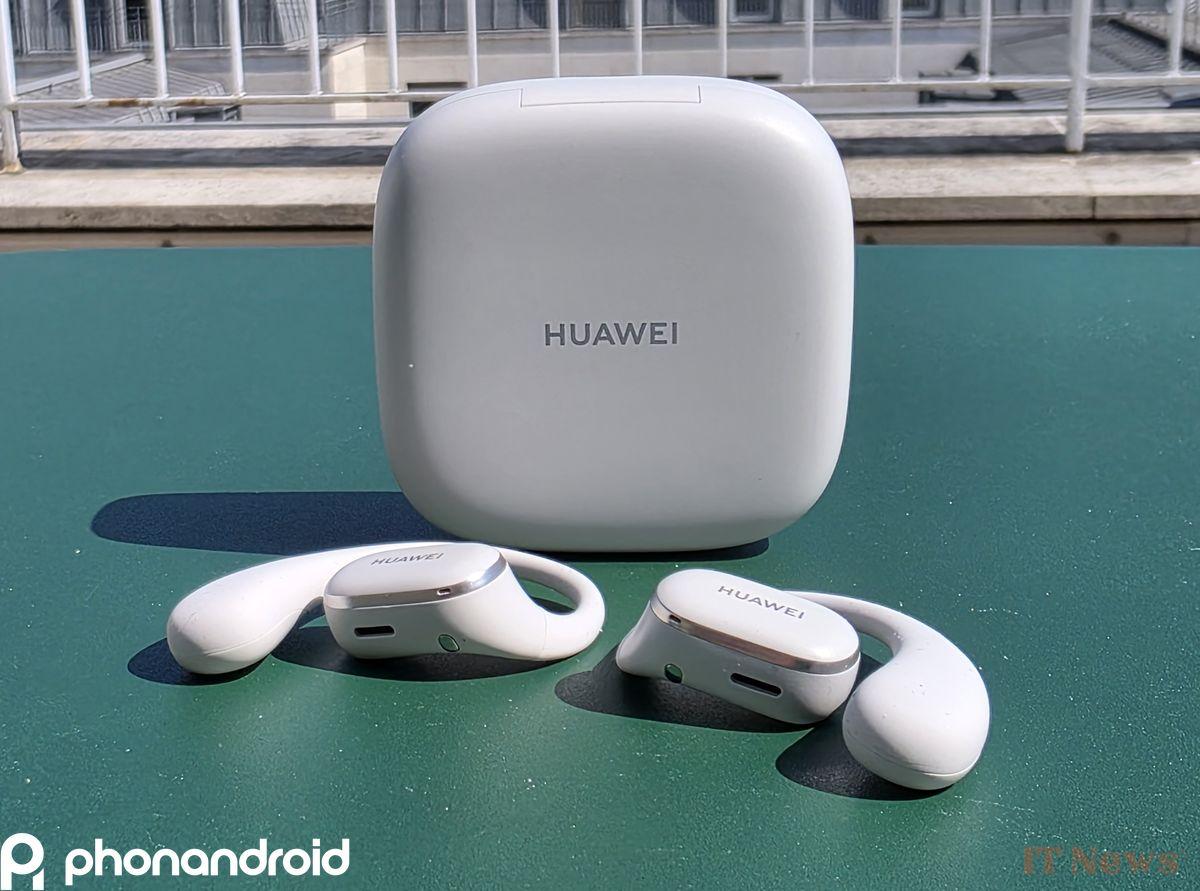
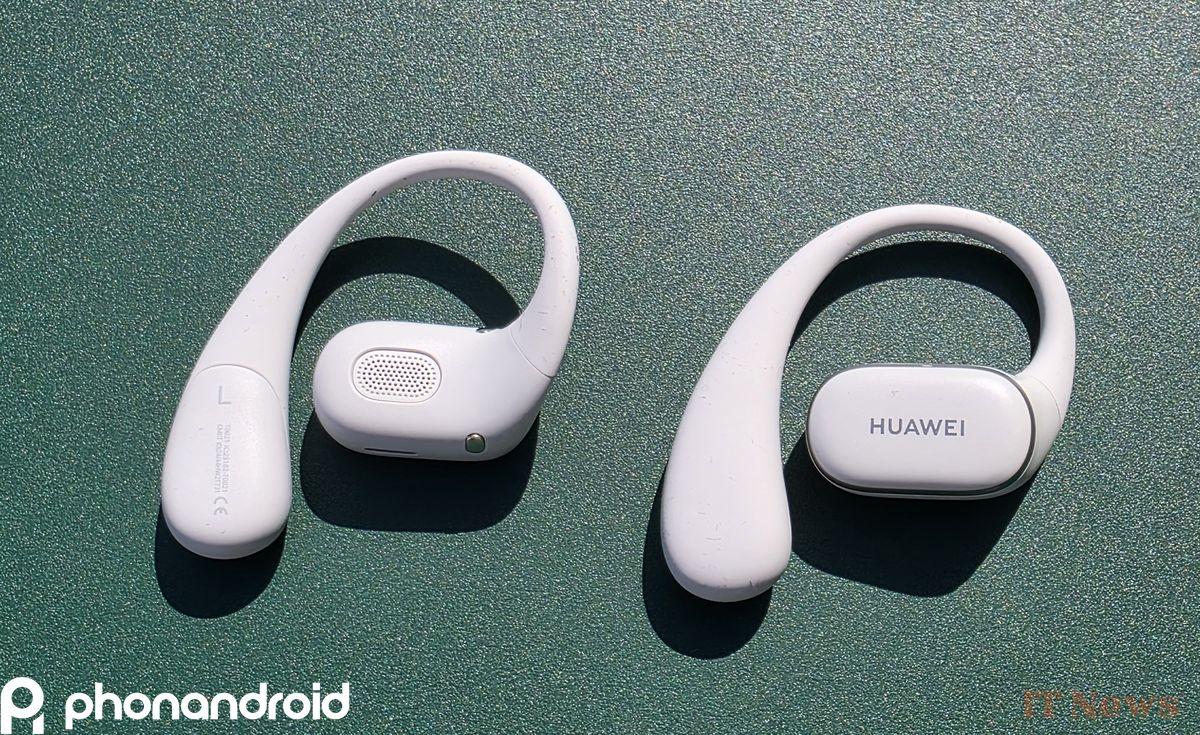
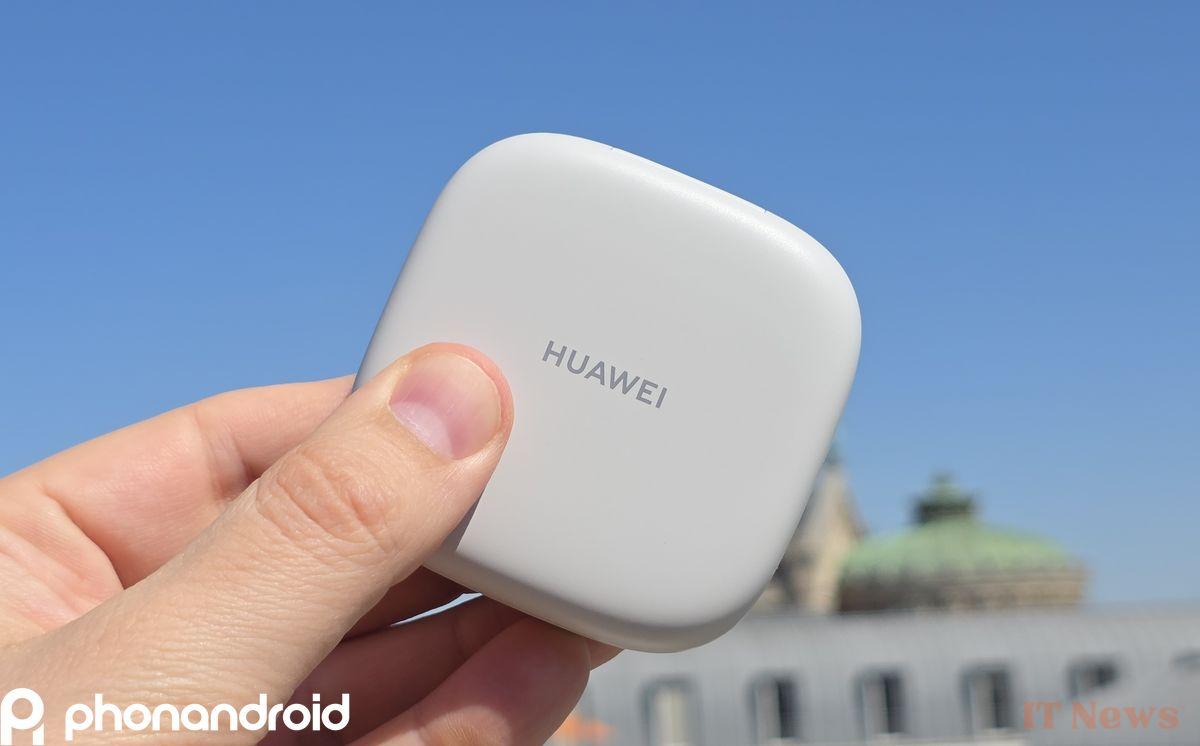
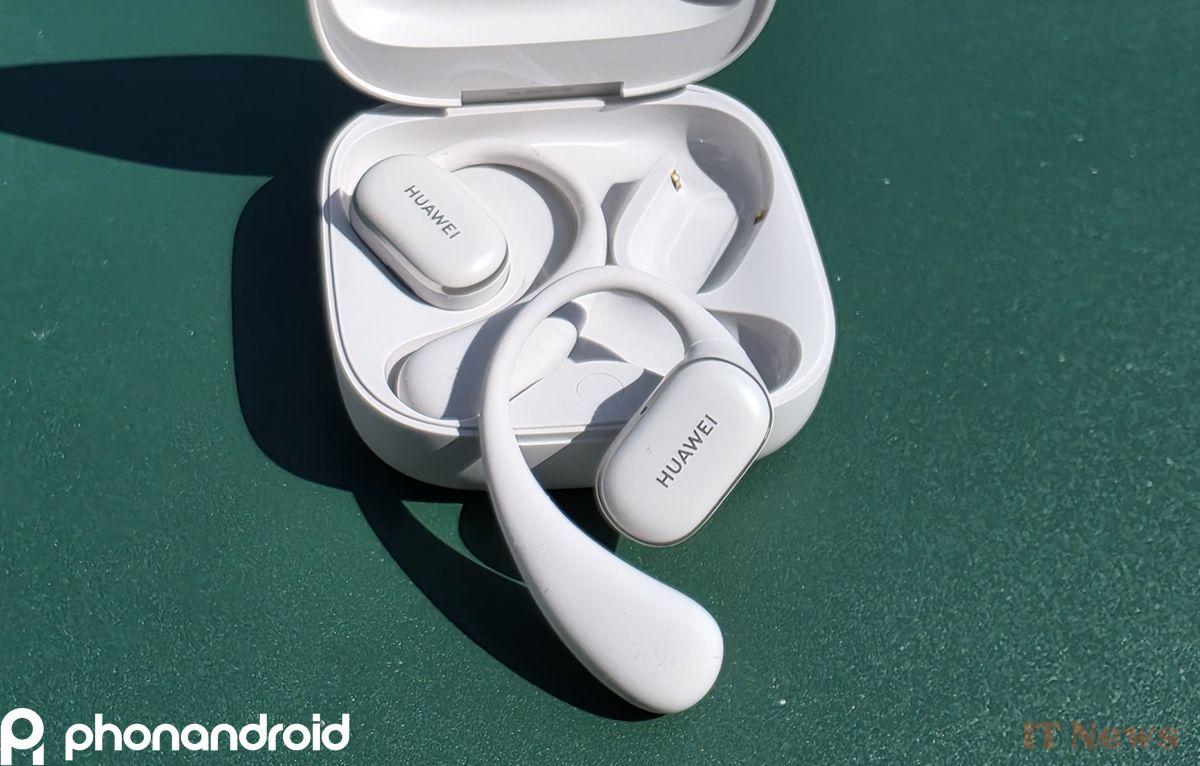
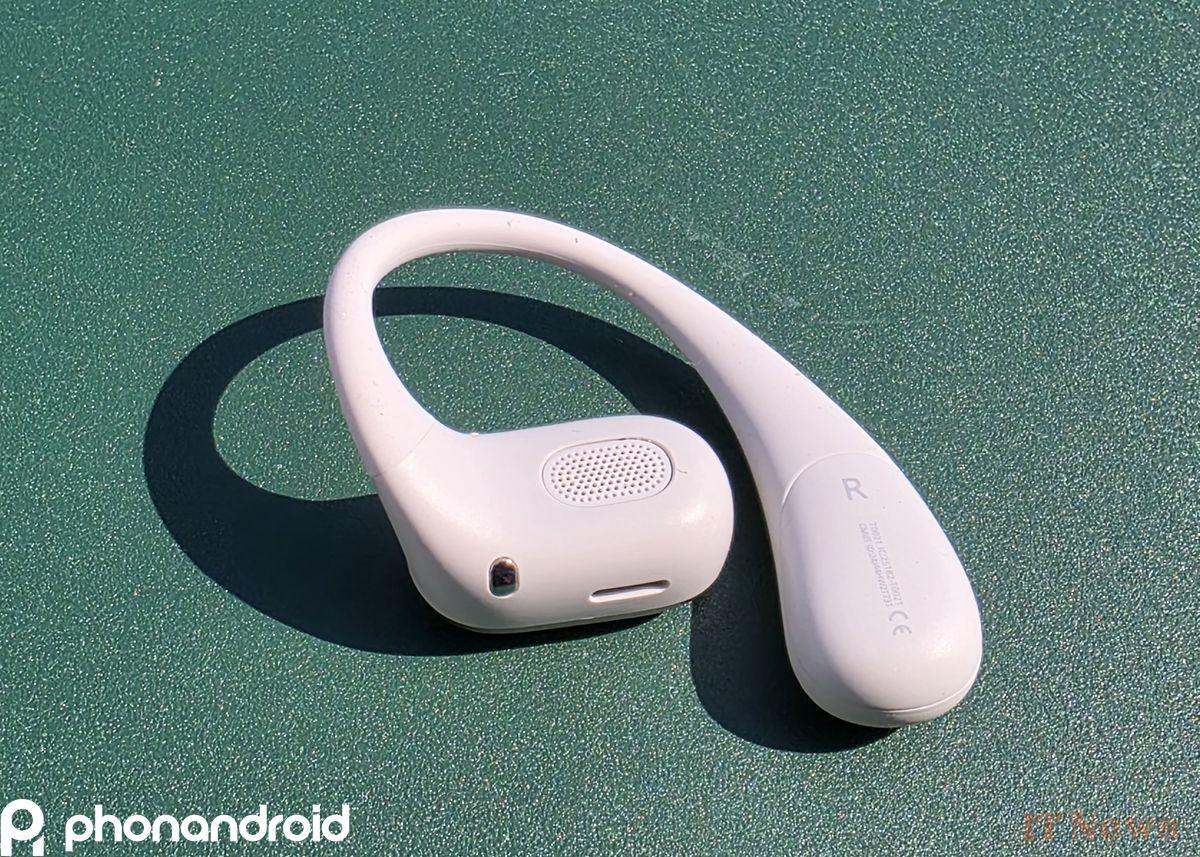
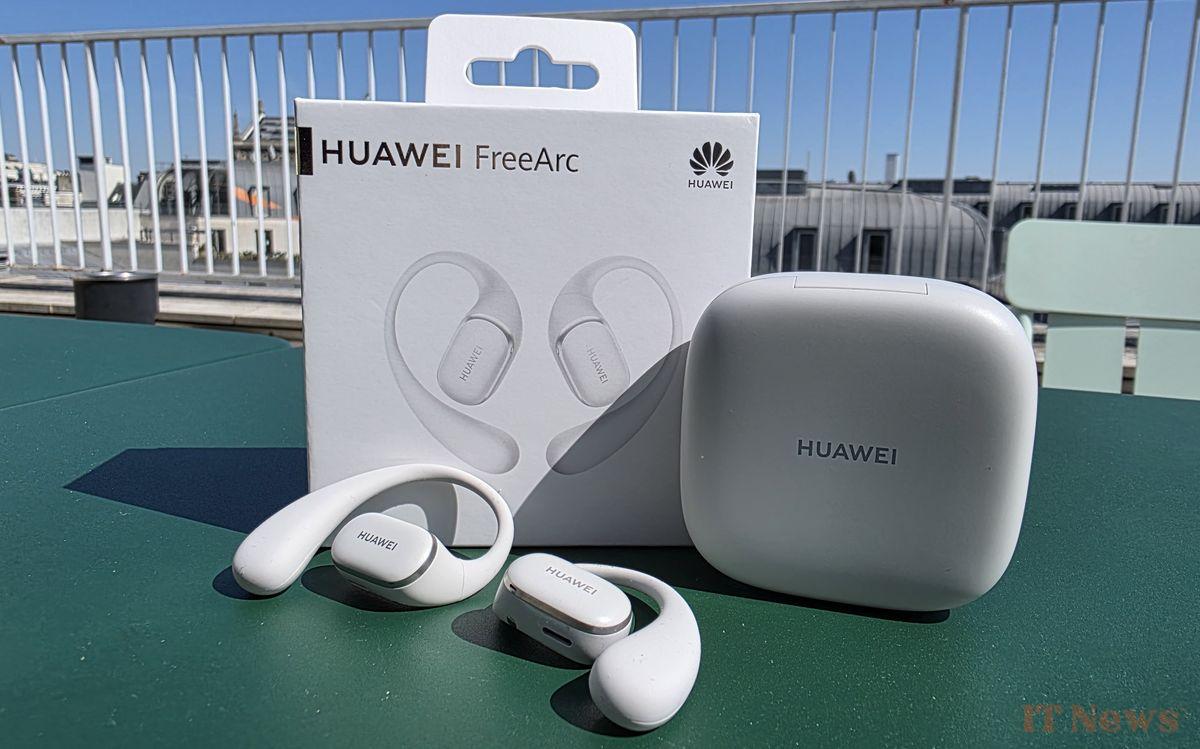
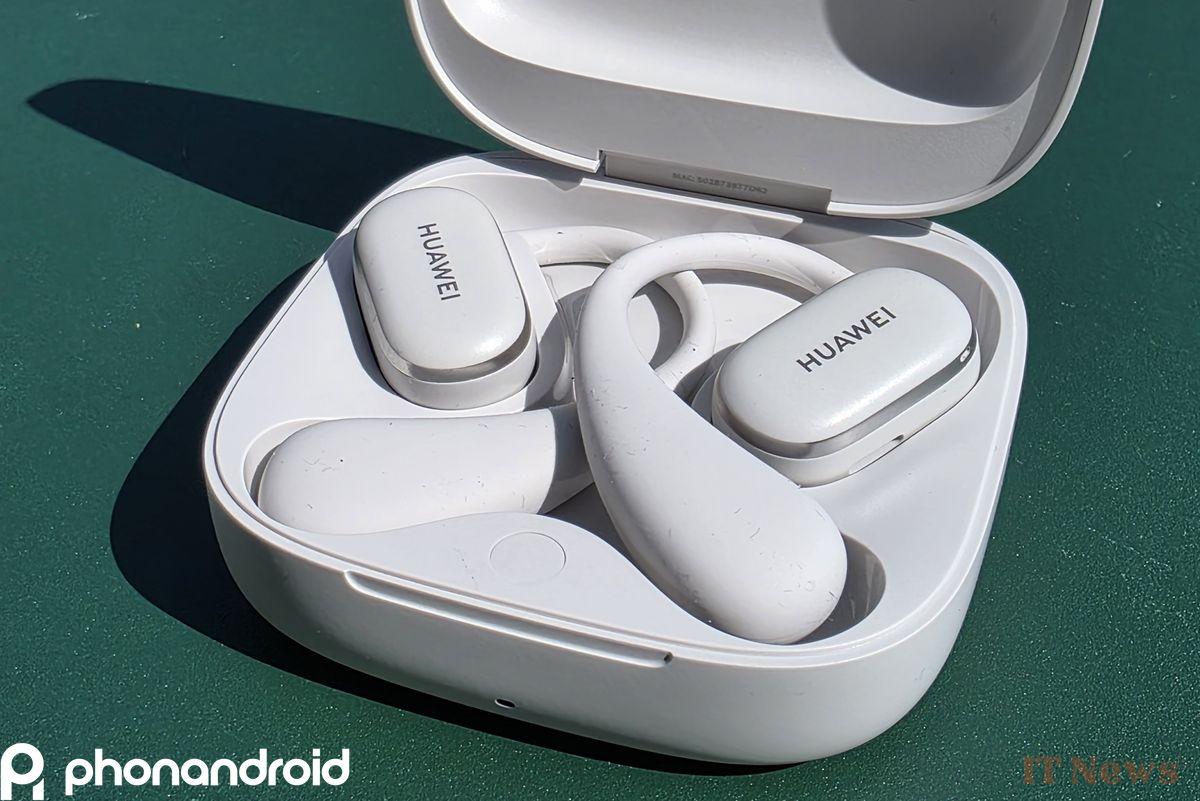
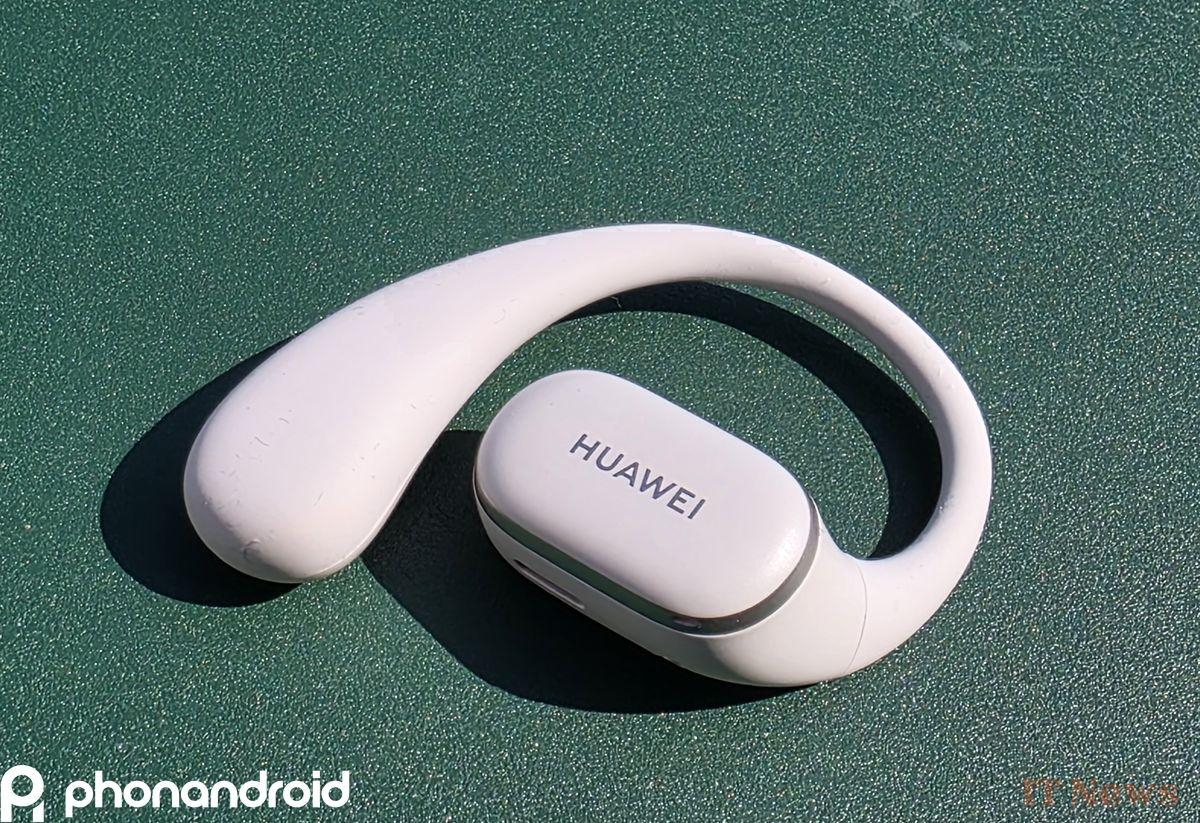
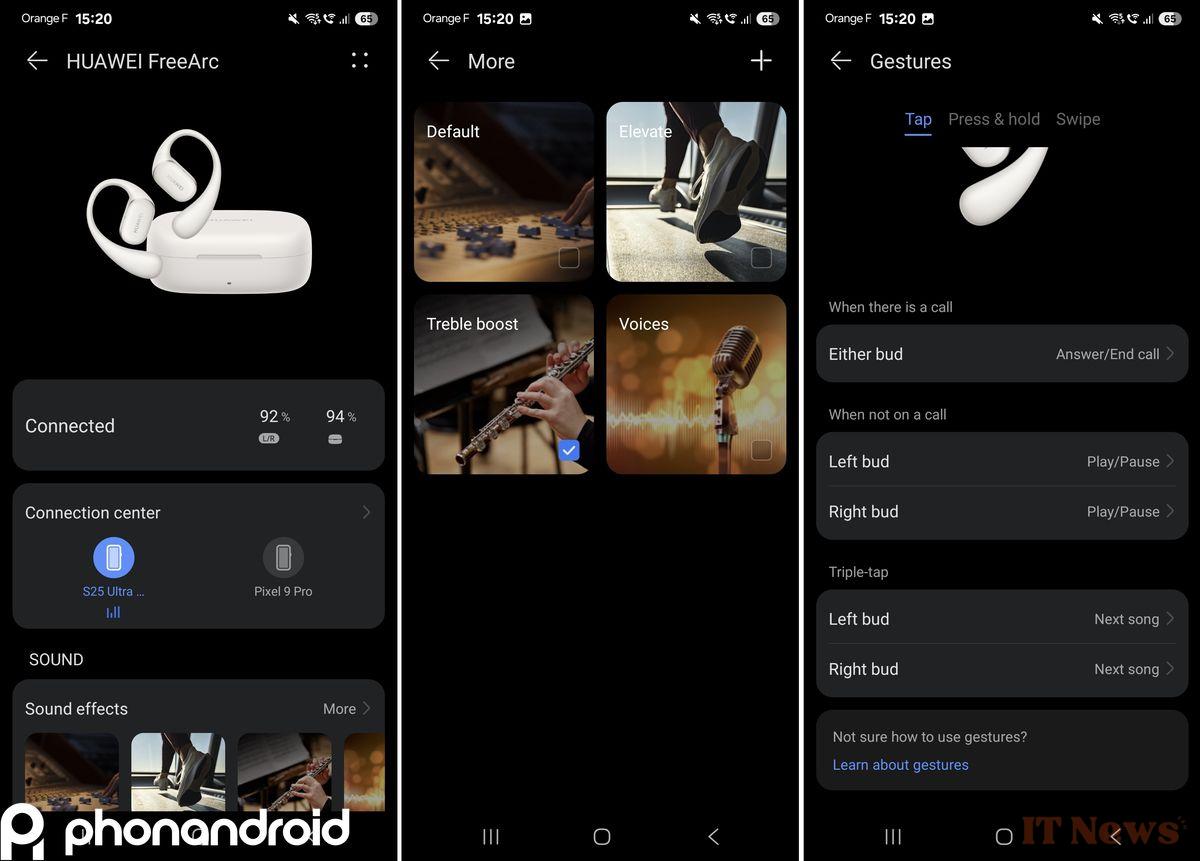
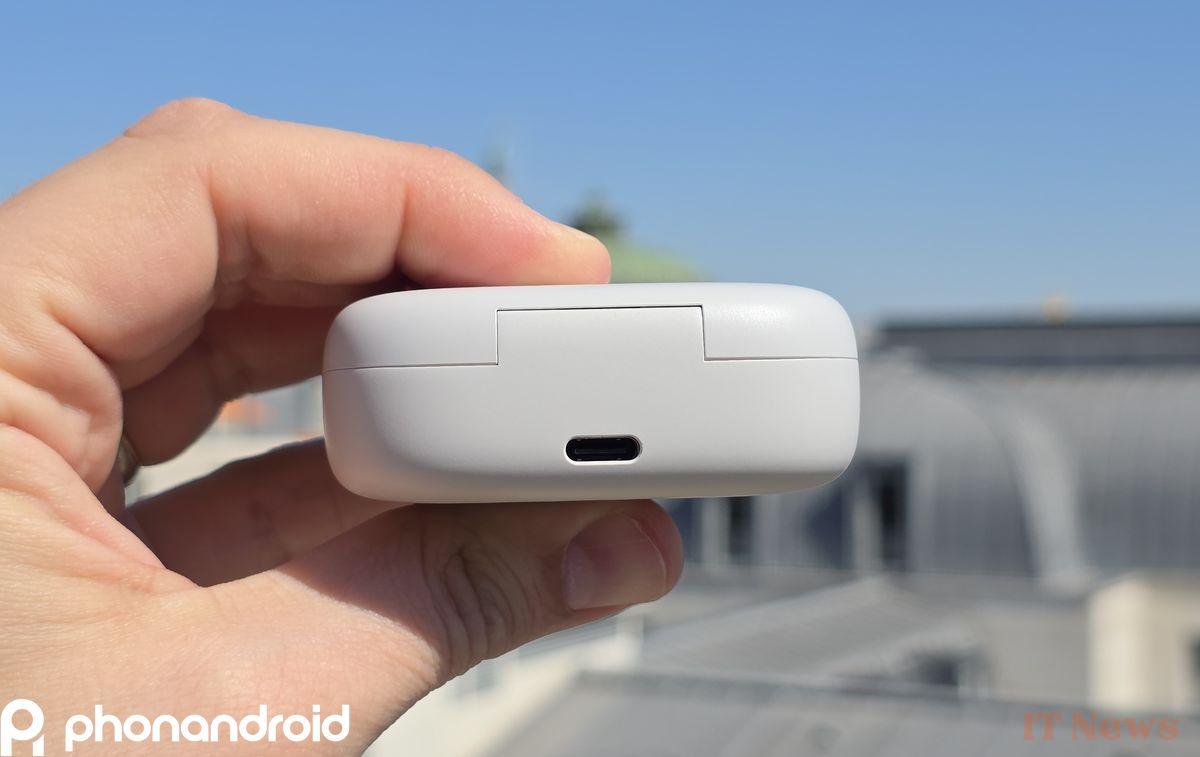
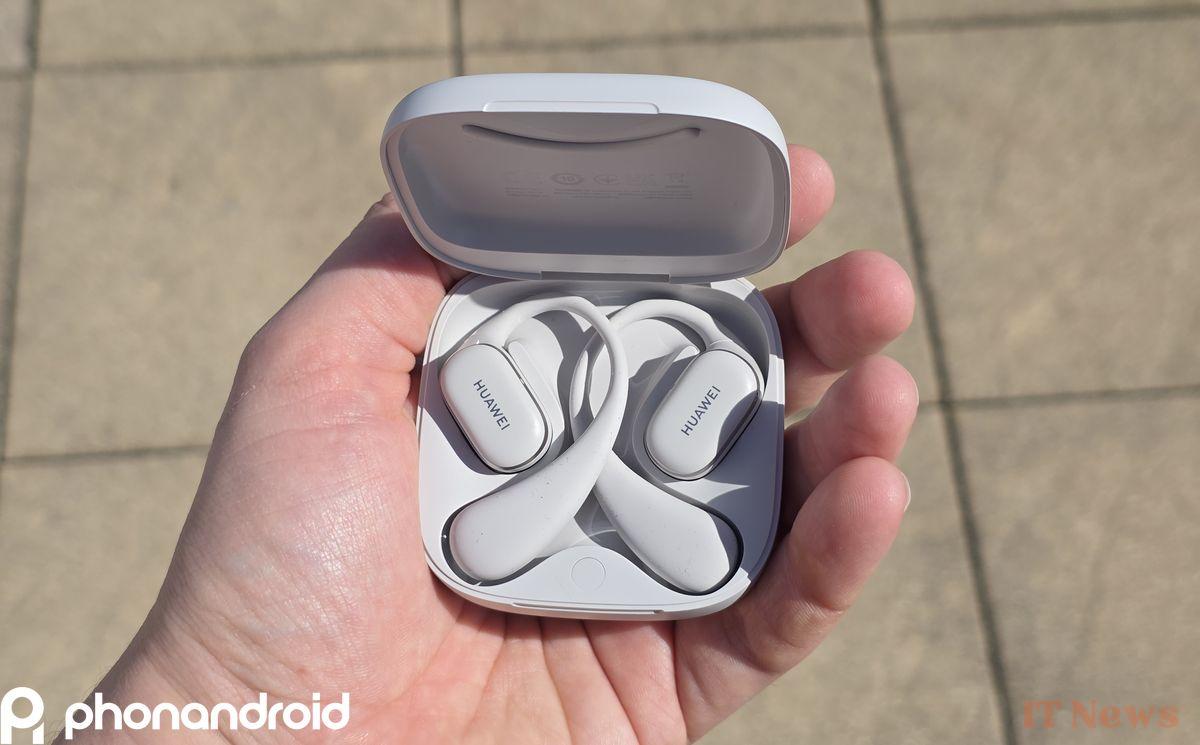

0 Comments